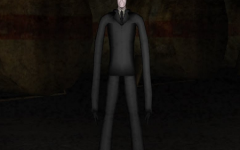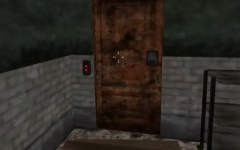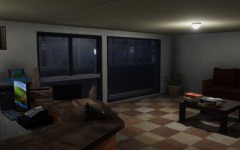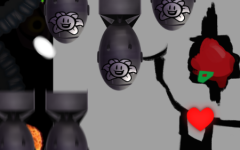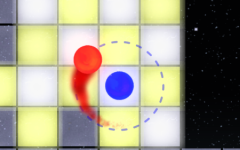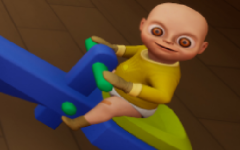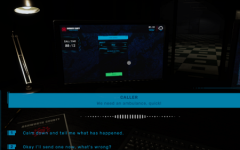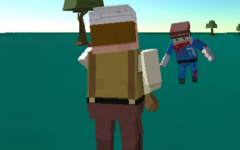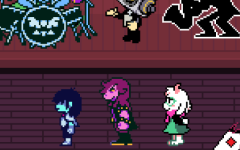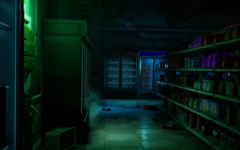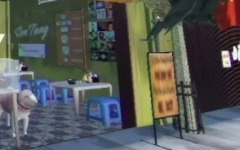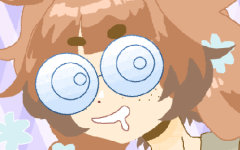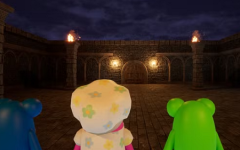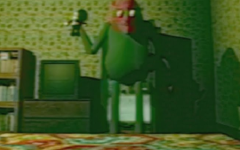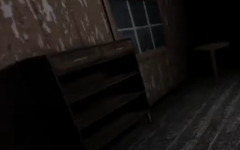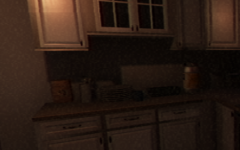Advertisement
Cucina Stellata Starred Cuisine
Advertisement
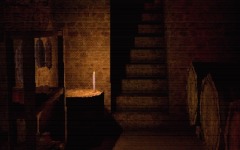
Cucina Stellata Starred Cuisine invites players into a quiet, dimly lit home deep in 19th-century Romagna. As a solitary writer searching for a late-night meal, the player roams through a kitchen where soft candlelight flickers against stone walls and old wooden shelves. What starts as a simple act of gathering ingredients slowly gives way to a sense of mounting unease. Familiar objects seem oddly misplaced, and the comforting sounds of a domestic space take on a tone of subtle wrongness.
Environmental Interaction and Narrative Progression
Players advance the story not through dialogue or direct confrontation, but by examining the world around them. Each detail — a knife left carelessly on a board, a loaf of bread placed just out of reach — suggests that something unseen lingers close. Puzzles are woven into the environment through logical, tactile interactions rather than abstract challenges. As players continue their search, the house itself seems to resist, hinting that the real danger may not be a creature lurking in the dark, but the space that was once trusted turning hostile.
Visual Style and Lasting Impact
The game’s low-fidelity visuals, combined with deep shadows and rough textures, create a world that feels heavy and inescapable. Light sources do little to push back the surrounding gloom, and distant sounds grow sharper as silence thickens. There are no sudden jumps or frantic escapes — instead, the horror seeps slowly into every action, making players question whether the simple act of preparing a meal is inviting something much darker into their reality. Cucina Stellata Starred Cuisine leaves its mark not through violence, but through quiet, persistent dread.





















































































































